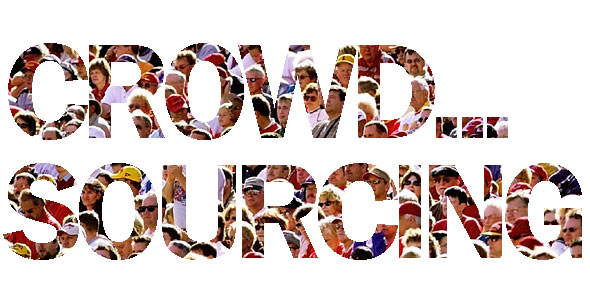Last updated: July 3, 2014
After co-founding a non-profit social business in Tanzania, East Africa we soon realized that we needed to enlist expert help in getting our brand off the ground. Among the first tasks was to develop our company logo.
In seeking out a suitable designer who could help us develop a great logo at an affordable price, I stumbled upon www.crowdspring.com and was intrigued and attracted to the idea of crowdsourcing the design of our logo to the entire community of crowdSPRING designers. So, we offered an award sum of $250 and immediately posted our project.
After a frantic 13 days and 23 hours, we received 105 entries. While we are satisfied with the results, we have also learned several important lessons from the process that we wish we had been aware of beforehand.
-
Designers can’t afford to spend too much time on your logo – especially if your award is $250.
We are new to entrepreneurship and crowdSPRING’s value proposition to “watch 75,000+ designers compete for your biz” was definitely enticing. We did not have a clear idea of what we really wanted. But, we knew what we didn’t want (i.e., tacky coffee cups or smiley face beans). However, we were intrigued by how Starbucks used a sea siren and Apple used an apple (both of which have zero relation to their product) for their logo and that these have since become universally recognized symbols.
We asked the designers to come up with imaginative, mind-stretching, new ideas for our logo. We were waiting to be wowed by an idea which was really out of the box, but eventually we had to guide and prompt the designers to submit designs based on specific symbols and ideas which embodied our brand (e.g. hands, women, beans). Although this was disappointing, I soon realized that given the sum of money offered, the time frame and the uncertainty of winning, the designers could not be expected to take as much time as they needed.
My initial expectations of a designer single-mindedly pondering, sketching, researching and consulting, to find that one fresh and great idea for a symbol was a bit presumptuous. While this might be what a designer who has been engaged for a good price and commissioned to design a logo would do, the designers at crowdSPRING would not, and could not, be expected to do that. Hence the not-so-imaginative entries.
-
It helps if you already have an idea of what you are looking for.
The disappointment caused by the above issue can be eradicated if you already have an idea of what you are looking for. As we started out on a blank slate and were looking for a new idea, we were open and liked many of the designs we saw, even though they were all hugely different from each other. Hence, the designers were not getting a clear idea of what we wanted, because we gave high scores to designs which were so vastly different. Because we just really liked them all!
-
You don’t have time to be fickle.
Given the limited 14 day time frame you are allocated, you really can’t afford to change your mind once you’ve decided you like or dislike something. For example, we encouraged the designers to try working with a face of a woman, to represent the coffee roasters, and we also rewarded designs with a face we liked with high scores. So the designers continued to submit entries based on what they observed to be what we favored.
After receiving several different designs on that concept, including feedback from our customers and friends, we changed our minds and decided that it was potentially controversial to have a face on the logo. However, it was too late to retract our earlier statements in our project updates. It was also too late to retract the high scores we had given earlier. So although it was technically still possible for us to add a further update at that stage, we felt that it was pointless given the very short amount of time we had left.
-
Go for commercial appeal or stay true to your identity?
One of the designers who participated in our project submitted a beautiful design. We loved it immediately, but on second and third thoughts decided that it was too generic and did not embody everything we felt was special about our brand. After thought-provoking dialogue with the designer, we inevitably started to think that perhaps being commercially attractive was a trade-off against encapsulating all the aspects of the brand’s identity into one image.
After seeking feedback from our customers and friends, the crowd had overwhelmingly preferred the generic yet attractive design to the other designs which carried more of the elements which we felt our brand represented.
It was a tough choice but ultimately we chose the design that reflected our identity. Did we make the right choice? I guess only time will tell!
© YFS Magazine. All Rights Reserved. Copying prohibited. All material is protected by U.S. and international copyright laws. Unauthorized reproduction or distribution of this material is prohibited. Sharing of this material under Attribution-NonCommercial-NoDerivatives 4.0 International terms, listed here, is permitted.













